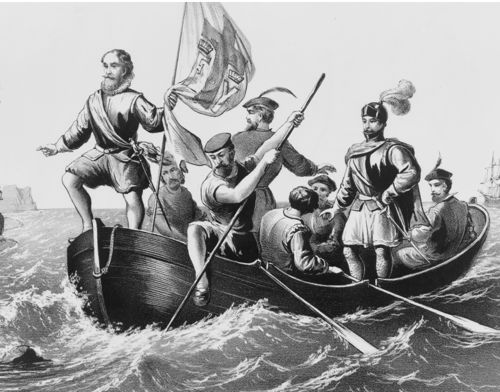Learning Discovery and its Challenges

Learning Discovery allows me to get facts and figures about projects, data about a client company’s internal organisation, market statistics, and so on.
With reference to the Encounter Process, Learning Discovery starts with the identification of Discovery targets – i.e. the things that I want to find out – during the Prepare step. However, such preparation, while desirable, is not sufficient to ensure good coverage of everything worth discussing. This is because it is hard to anticipate all the topics that might lead to useful discussion, and because the dynamic of the client conversation cannot be predicted. There are occasions when clients’ circumstances seem so complex that it is hard to know which points to focus on. Their projects are technically complicated, they are widely distributed in a geographical sense, they depend for their success on the evolution of international technical standards, they are working in consortia with companies that they usually consider to be competitors, the politics within their own organisations are intricate, etc. When faced with such bewildering complexity, it is important not to overlook a part of the scenario that could later turn out to be key.
Hence, when in conversation with a client, I will have to cope with the appearance of unforeseen topics. Indeed, I must facilitate this process by moving the conversation around, so that it doesn’t get stuck on one particular subject at the expense of others. I may also have to help my client to develop the scope of the conversation. As we come to better understand some of the issues, completely new ideas may pop up. They may not be clear at first, and so anything that I can do to help my client to clarify their thoughts will be welcomed, and improve my Discovery. This is where the DISCOVER-Y tool comes in ...
More about DISCOVER-Y and Discovery:
- DISCOVER-Y top
- The DISCOVER-Y tool explained
- DISCOVER-Y for encounter prepration (with MAP)
- DISCOVER-Y in real time (i.e. during an encounter)
- DISCOVER-Y as an aide to debrief
- The importance of Discovery
- Learning Discovery and its challenges
- Discovery helps to optimise delivery
- Discovery guarantees attention
- Effective listening (with checklist and blacklist)
- Playback
- DISCOVER-Y in brief
Examples:
Get the Client Encounters of the Technical Kind book!
